
On October 18, 2025, Accra’s Independence Square became more than a concert venue; it became the living heartbeat of a brand. Thousands of fans, filled with energy and chanting “SM4LYF!”, gathered long before sunset. They did not come only to watch a musician perform; they came to share in something greater than music.
This was ShattaFest 2025, a celebration that felt less like an event and more like a movement. The air vibrated with emotion, connection and pride. What unfolded that night was not just entertainment. It was proof of a brand powered by loyalty, emotion and belonging.
To the casual observer, it may have looked like another successful concert. But to anyone who understands marketing and branding, Shatta Wale’s phenomenon is a masterclass in cultural influence. Marketing scholar Philip Kotler once described marketing as “creating, communicating and delivering value to customers.” Shatta Wale has done that and more—he has turned himself into the value. He commands near-religious devotion without relying on corporate advertising.
Born Charles Nii Armah Mensah Jr., Shatta Wale has grown from a controversial artist into a cultural institution. His brand goes beyond music; it represents ambition, defiance and truth. He is what marketing theorists call identity resonance – the point where brand and audience become one. His followers, known as the “Shatta Movement”, are not just consumers. They are co-creators of his story, loyal believers who carry his message into every space they occupy.
What makes this brand remarkable is its harmony with audience psychology. Shatta Wale stands for the everyman—the self-made hustler who fought his way to success. His journey mirrors the daily realities of many Ghanaians and Africans who see in him the possibility of triumph despite odds. This emotional alignment gives his brand extraordinary strength and staying power.
At ShattaFest 2025, corporate Ghana recognised this power once again. When MTN Ghana partnered as the headline sponsor, it was more than a business deal; it was a meeting of shared values. MTN understood that brand relevance today is not created in boardrooms but in the hearts of real people who live the brand experience. By supporting Shatta Wale, MTN was not just sponsoring a concert; it was investing in a movement built on authenticity, loyalty and emotion.
Identity, consistency and the power of street branding
Every enduring brand rests on three pillars: identity, image and loyalty. Shatta Wale’s brand architecture embodies all three in the most organic form. It was not designed in boardrooms but shaped on the streets, through music, controversy and conversation. His brand thrives on emotion, repetition and authenticity.
At its core lies identity. From his transformation from “Bandana” to “Shatta Wale,” he redefined himself as the voice of the everyday Ghanaian hustler. Bold, expressive and relatable. His attitude, language and fashion reflect the realities of his audience. He does not represent the people; he is one of them.
That identity flows naturally into image. To the public, Shatta Wale is the people’s champion; outspoken, humorous, defiant and real. Every action, whether a hit song or a heated debate, feeds into a broader story of resilience and independence. Fans see his journey as their own, which transforms admiration into belonging.
From this belonging grows loyalty. Shatta Wale treats fans as family, building what scholars call a brand community — bound by shared emotion, slogans and rituals. “SM4LYF” is more than a chant; it is a collective identity. His fans are not passive consumers but active promoters who amplify his message across digital and physical spaces.
His marketing is grounded in the street, not as geography but as culture. He understands that the street is where identity is formed and loyalty tested. His communication is direct, personal and spontaneous. Whether through live sessions or social media banter, he invites fans into his world, making them co-authors of his story. That intimacy gives his brand the credibility most corporate campaigns spend millions to simulate.
What makes Shatta Wale exceptional is his emotional consistency. Through fame, controversy and reinvention, he has stayed emotionally truthful. He sings from within the crowd, not above it, turning his music into a mirror of collective struggle and hope. This emotional honesty transforms songs into anthems and followers into believers.
His consistency extends to tone and behaviour. Confidence, humour and rebellion define his persona across all platforms. Even when he provokes or clashes publicly, it feels authentic, never artificial. This kind of brand stability, maintained through emotional transparency, deepens trust rather than eroding it.
For communication experts, Shatta Wale demonstrates that emotion is the glue of loyalty. Every interaction, tweet, rant or performance serves as an emotional touchpoint that reinforces connection. He does not rely on perfect messaging but on genuine feeling. Fans remember not just his music, but how he makes them feel: seen, valued and inspired.
In the end, his brand strength lies in authentic consistency; sincerity over sameness, participation over perfection. Shatta Wale has turned identity into culture, controversy into conversation and emotion into marketing capital. Long after the music stops, the movement endures.
Corporate partnerships and cultural capital
The glowing MTN logo at ShattaFest 2025 was more than a sponsorship mark; it was a cultural handshake between corporate Ghana and the creative industry. For years, this relationship had been cautious and inconsistent, but MTN’s decision to support Shatta Wale’s flagship event signaled a new recognition of cultural influence and economic potential.
Corporations often spend millions trying to appear relatable, yet Shatta Wale naturally embodies what they seek — organic cultural power. His story, energy and authenticity command loyalty across class and generation, from the street vendor in Kaneshie to the student in Legon. Aligning with him places MTN not just in the market but in the heart of Ghanaian culture, where emotion builds lasting loyalty.
Shatta Wale’s brand proves that in Africa, culture is the new currency of connection. Brands that invest in culture sell relevance, not just products. The MTN–Shatta partnership bridged corporate storytelling with community experience, showing how creativity drives growth. Events like ShattaFest employ young people, boost tourism and inspire pride and buttresses the point that creative support is social investment, not charity.
Every nation tells its story differently. Ghana tells hers through music, art and cultural expression; and Shatta Wale stands as one of its boldest narrators. His journey from street fame to global recognition shows how creativity can shape both identity and economy. Each performance exports Ghana’s rhythm, resilience and unity, reinforcing the nation’s image as confident and authentic.
The creative sector holds vast potential for job creation, youth empowerment and national branding. Countries like South Korea and Nigeria have built global recognition around culture; Ghana can do the same with consistent funding, infrastructure and policy support. When thousands filled Independence Square chanting Shatta Wale’s name, they were not just celebrating an artist, they were affirming national pride.
The lesson for corporate Ghana and policy-makers is clear: supporting creativity is nation-building. Shatta Wale’s story shows that influence can rise from the street to the world; and when culture and commerce align, both brand and nation grow stronger together.
Lessons for modern branding
Shatta Wale’s story is more than music; it is a study in modern branding, communication and emotional intelligence. He has turned controversy into conversation, proving that even chaos can be harnessed into connection when guided by authenticity. What others might interpret as recklessness is, for him, rhythm. His followers do not expect flawlessness; they expect honesty. Every public outburst or confrontation becomes another scene in the larger narrative of a man who refuses to be silenced. To his audience, these moments are not missteps but markers of humanity.
He understands the timing of communication — when to speak, when to provoke and when to (never) stay silent. Each moment of tension becomes a display of emotional control and brand awareness. Rather than issuing formal statements or allowing intermediaries to speak for him, Shatta Wale goes directly to his fans through live videos and spontaneous posts. This immediacy builds a level of trust that no corporate press release could replicate. Even his conflicts deepen engagement; his fans rally behind him not out of obligation but out of identification. The outcome is not scandal but solidarity.
From a communication perspective, Shatta Wale shows that vulnerability and authenticity are not weaknesses but strategic strengths. He connects through participation, not perfection. His followers see themselves in his flaws and celebrate his resilience. In a media culture obsessed with image management, his rawness is refreshing. People follow him not merely for rhythm or entertainment, but because he represents the courage to live unapologetically.
The essence of his brand lies in authenticity, consistency and community. He proves that real emotion cuts through the noise faster than any polished campaign. The Shatta Movement is not a fanbase; it is a family united by belonging. His story is one of transformation, of rising from the streets to stardom without losing touch with his roots. That narrative of struggle and triumph forms the emotional core of his appeal and the blueprint for any brand seeking genuine connection.

Equally important is his balance between consistency and evolution. He has remained the people’s voice, yet he continues to adapt his tone, sound and approach to stay relevant. This fluidity keeps his image alive while preserving the truth of his identity. His engagement style also reveals the future of brand communication: interactive, direct and emotionally present. He does not broadcast messages; he holds conversations.
Beneath it all lies a profound understanding of emotion as currency. Pride, defiance, love and laughter are the emotional codes of his communication; and they bind his audience to him more tightly than any marketing gimmick ever could.
Ultimately, his model redefines what marketing means in the modern world. It is not about shouting loudest but connecting deepest. His influence is built not on advertising budgets, but on shared experience and emotional credibility. He reminds brands that the street is not chaos; it is culture; a living marketplace of feeling, voice and truth. Those who listen to that pulse and lead with sincerity will always be heard.
Conclusion
Shatta Wale’s story is more than entertainment; it is a masterclass in how authenticity, emotion and community can transform a personality into a living brand. He has shown that success in today’s market is not built on perfect packaging or scripted campaigns, but on connection. The kind that grows when people see themselves reflected in a brand’s truth.
He represents a new kind of marketing logic where the audience is not a target but a partner, where loyalty is earned through shared identity rather than persuasion. His journey has proven that the street is not a step below strategy; it is where strategy begins. In every chant, every performance and every act of defiance, Shatta Wale reminds brands, marketers and corporate Ghana that culture is the most powerful currency of communication.
The post ShattaFest 2025: Making of Shatta Wale’s brand of loyalty, culture and strategy appeared first on The Business & Financial Times.
Read Full Story


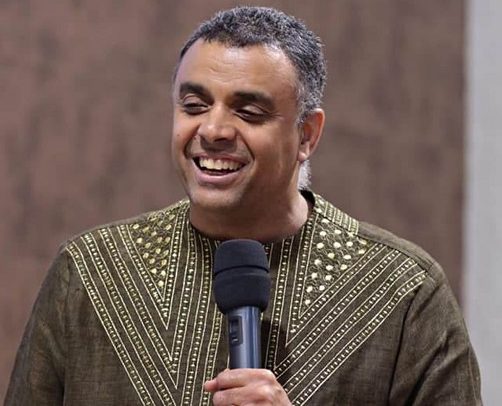


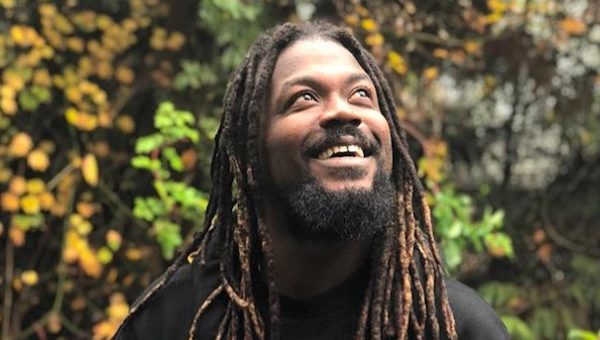
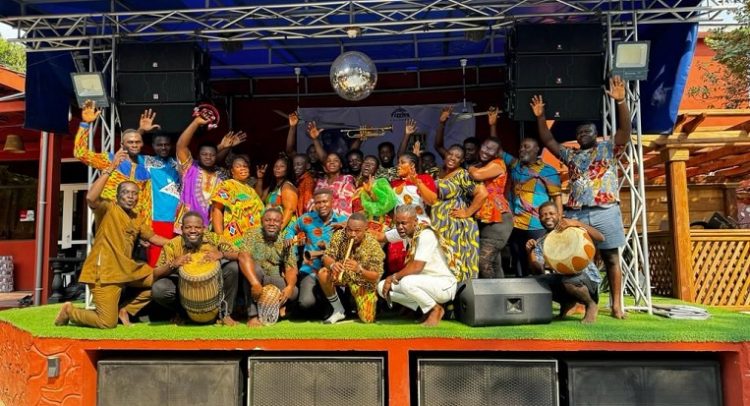


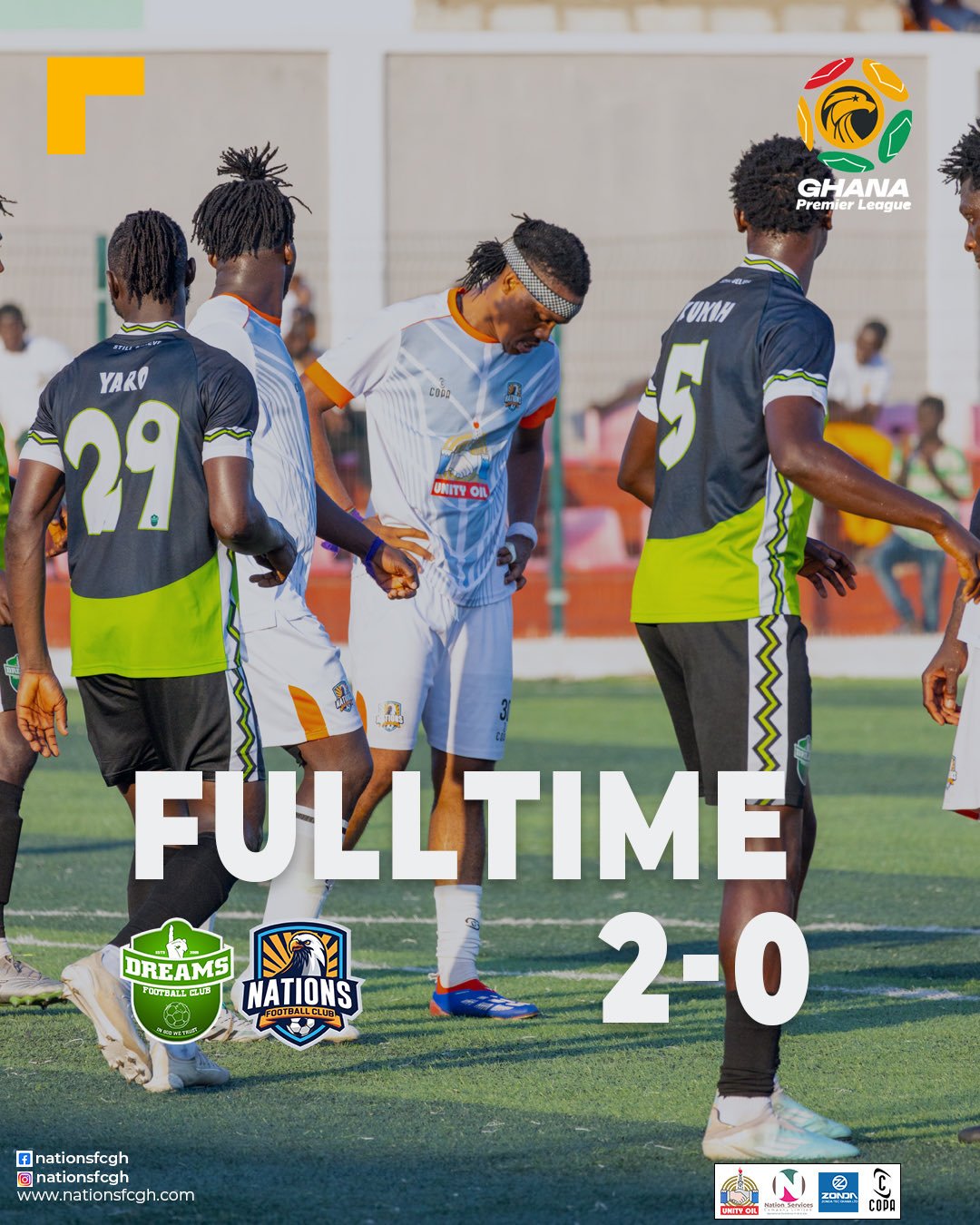
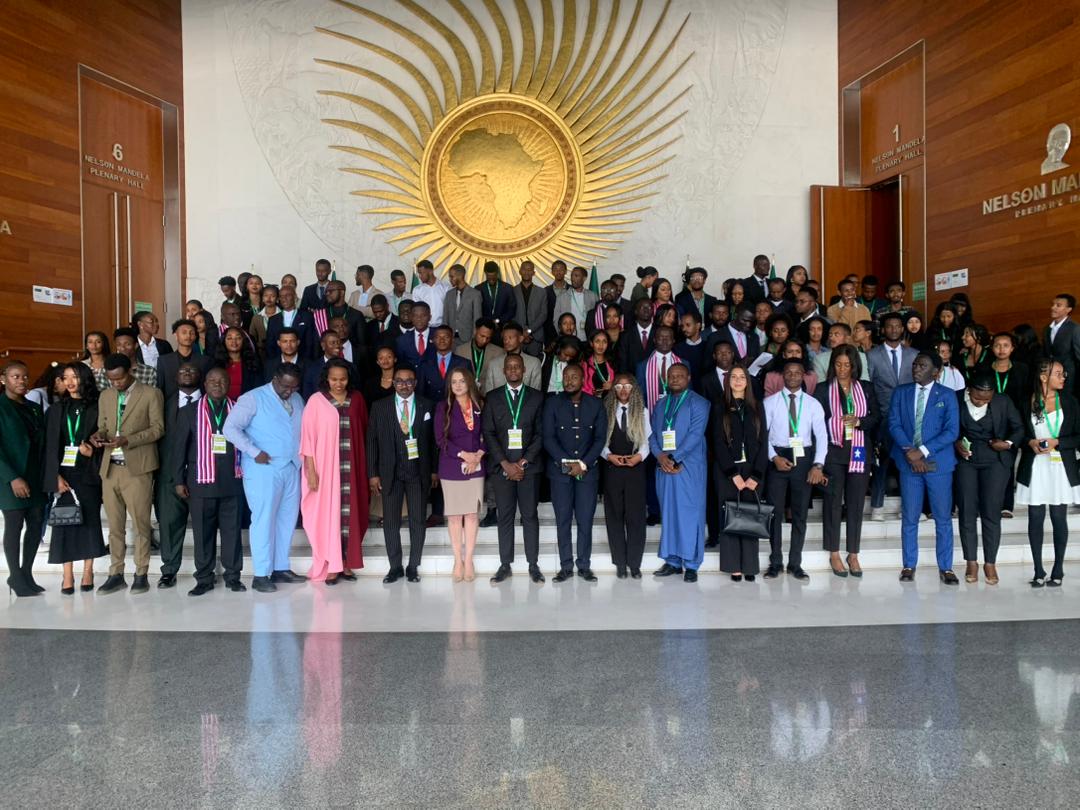


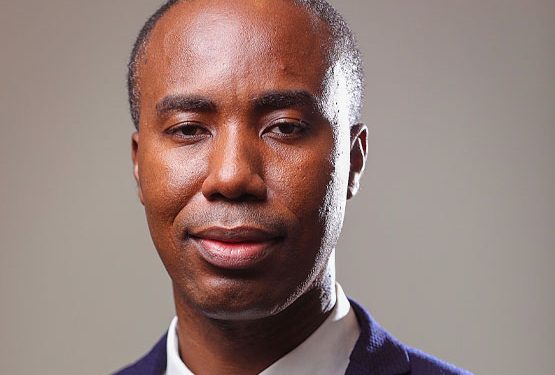
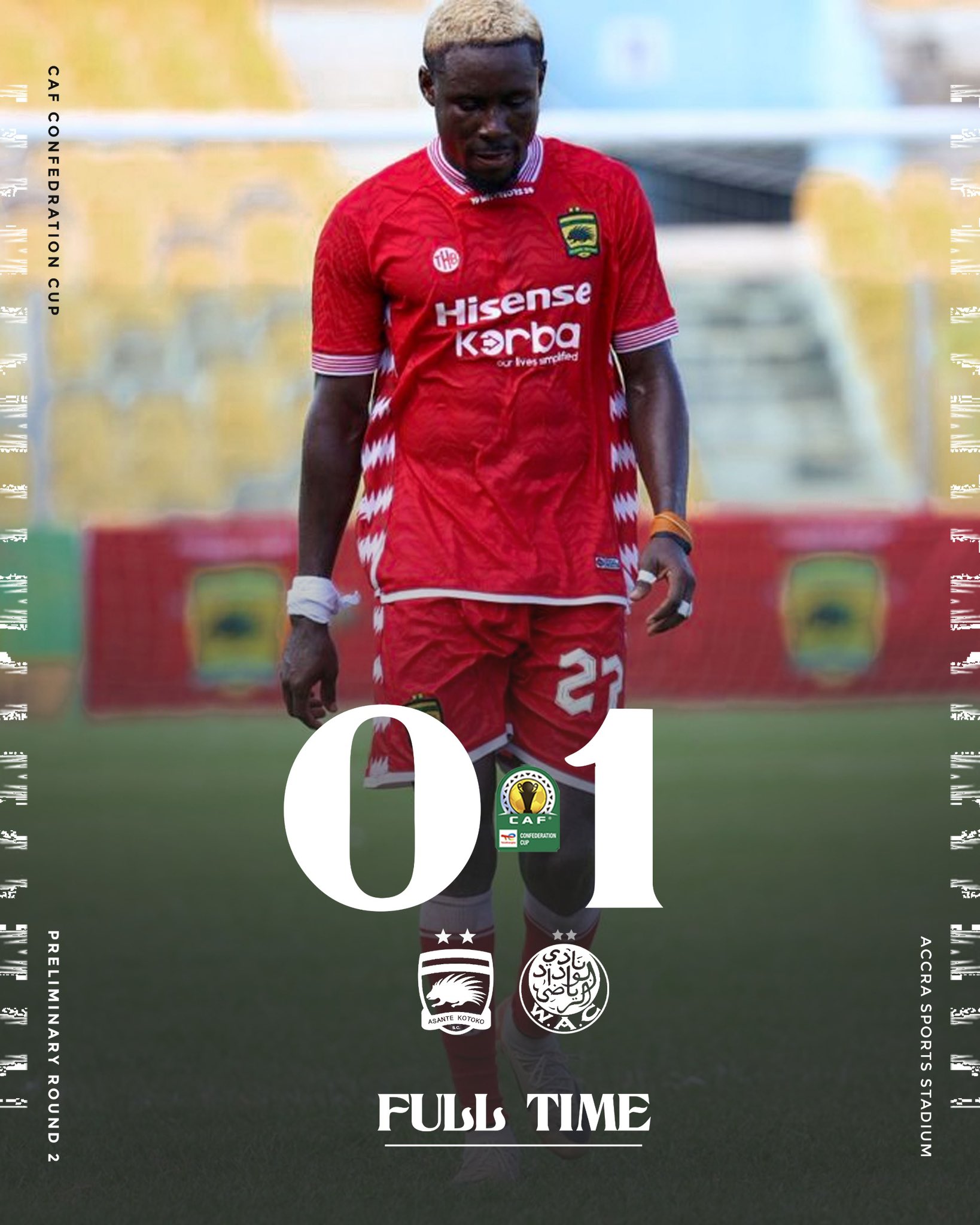



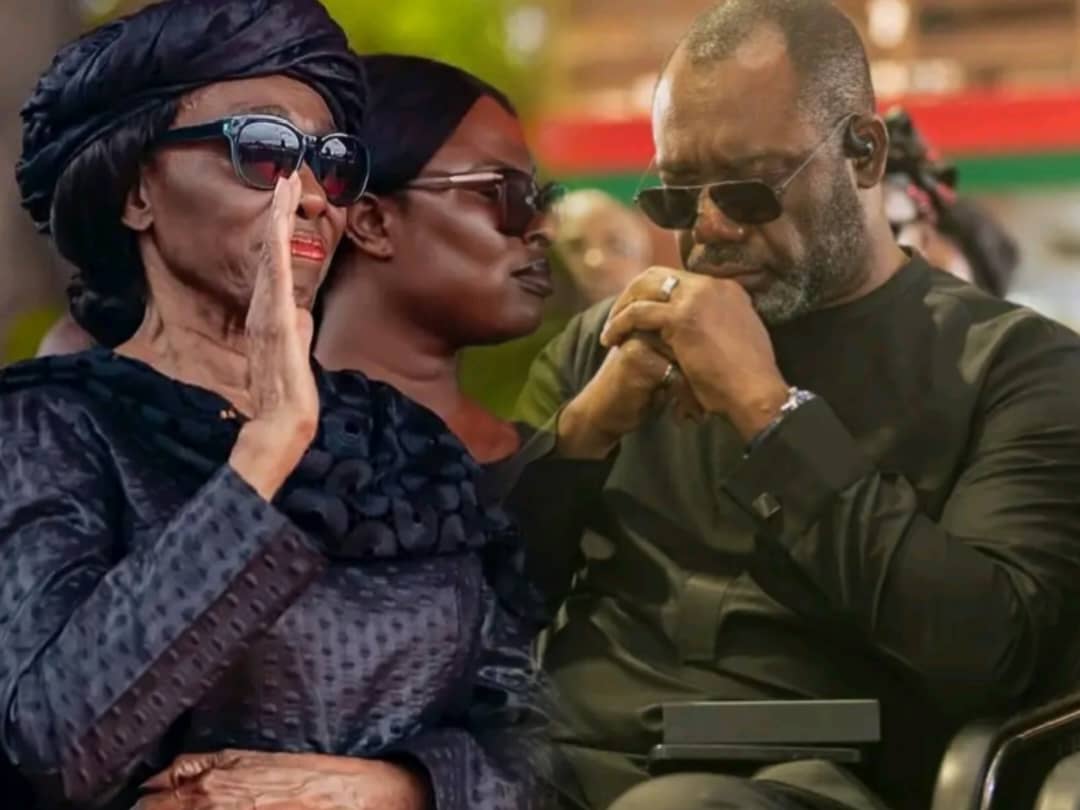
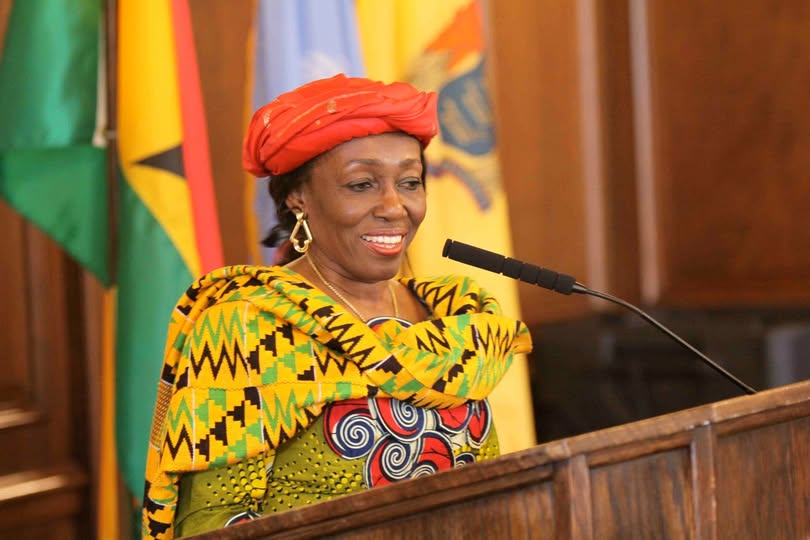

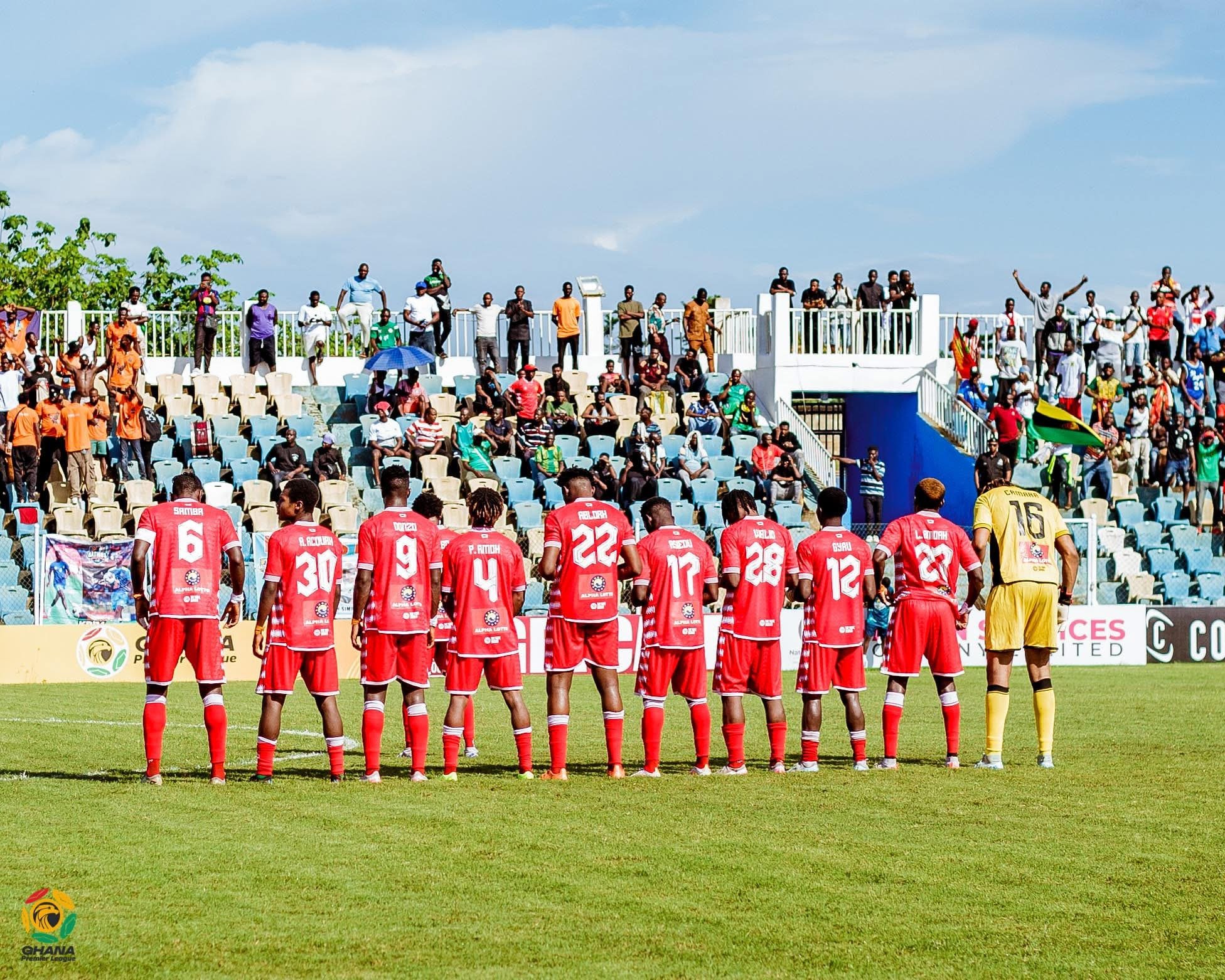
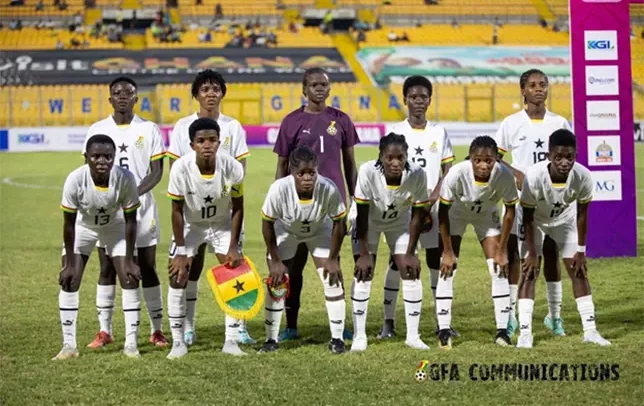


Facebook
Twitter
Pinterest
Instagram
Google+
YouTube
LinkedIn
RSS